DJI Enterprise has released a teaser video hinting at advancements in its digital asset creation tools, set for reveal on July 17, 2025, at 8 a.m. EDT. The short clip demonstrates point clouds evolving into a detailed 3D model of a Japanese temple, aligning with the company’s slogan “Make the World Your Digital Asset.” This development builds on DJI’s existing Terra software, which enables drone users to generate precise maps and models for professional applications.
Teaser Video Highlights Transformation Process
The 14-second video, posted on X by DJI Enterprise, opens with a sparse point cloud against a black background. 12 As it progresses, the points densify and colorize, forming a golden-roofed structure resembling Kinkaku-ji, the Temple of the Golden Pavilion in Japan. Text overlays announce the launch date and reiterate the tagline. This visual sequence illustrates the core function of photogrammetry—stitching drone-captured images into cohesive 3D representations.
DJI Terra, the software tied to this slogan, already supports such processes. It uses photogrammetry or LiDAR data to create 2D orthomosaics and 3D models. The teaser suggests potential improvements in rendering speed or accuracy, though specifics remain undisclosed.
Potential Upgrades and Technical Implications
Speculation centers on an update to DJI Terra, possibly enhancing its user interface, processing capabilities, or integration with hardware like the Zenmuse L2 sensor. Previous versions have introduced features such as AI-based water surface reconstruction, seven-parameter transformations for coordinate alignment, and multi-GPU support to accelerate computations.
These enhancements could streamline workflows for drone operators. For instance, improved stitching algorithms might reduce errors in model assembly, a common challenge in large-scale mapping. This raises questions about compatibility with existing drones, like the Matrice series, and whether the update will require new licenses or hardware.
From a technical standpoint, point cloud generation remains key. DJI Terra processes up to thousands of images, producing models with centimeter-level accuracy (about 0.4 inches). Offline functionality ensures data security for sensitive projects, such as infrastructure inspections where cloud uploads pose risks.
Benefits for Drone Professionals and Enthusiasts
Drone pilots in surveying and construction stand to gain from refined tools that cut processing time. Cultural heritage preservation, as seen in DJI’s past work on Karatsu Castle in Japan, could see expanded applications. The software’s mission planning tools allow for automated flight paths, optimizing data collection over areas up to several square kilometers (about 0.4 square miles).
Recreational users might appreciate easier access to high-quality 3D models for personal projects, though enterprise-focused features may prioritize professional needs. Building on that, economic implications include potential cost savings—faster processing means less downtime, translating to higher productivity without additional USD investments in equipment.
Drone content creator and DroneXL contributor, Billy Kyle expressed enthusiasm in a quote post on X: “3D modeling is fascinating to me, and I love when big improvements are made to the stitching software that makes it all come together.” His comment underscores community interest in software refinements that enhance usability.
Regulatory and Market Considerations
While no regulatory shifts are directly tied to this launch, advancements in mapping software often intersect with privacy and airspace rules. In the U.S., drone operations for commercial mapping require FAA Part 107 certification, and accurate digital assets can aid compliance by providing verifiable site data.
This teaser arrives amid growing demand for digital twins—virtual replicas of physical environments—in industries like public safety. DJI’s focus here could strengthen its position against competitors, expanding the ecosystem beyond hardware to software-driven solutions. However, users should monitor for any subscription changes, as past updates have occasionally adjusted pricing models.
The full reveal on July 17 may clarify these aspects, offering drone professionals clearer insights into operational efficiencies. Until then, the teaser effectively spotlights DJI’s commitment to evolving photogrammetry tools.
Discover more from DroneXL.co
Subscribe to get the latest posts sent to your email.




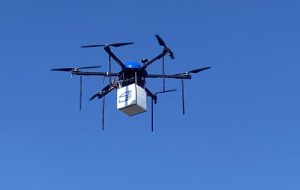

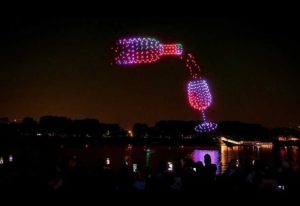







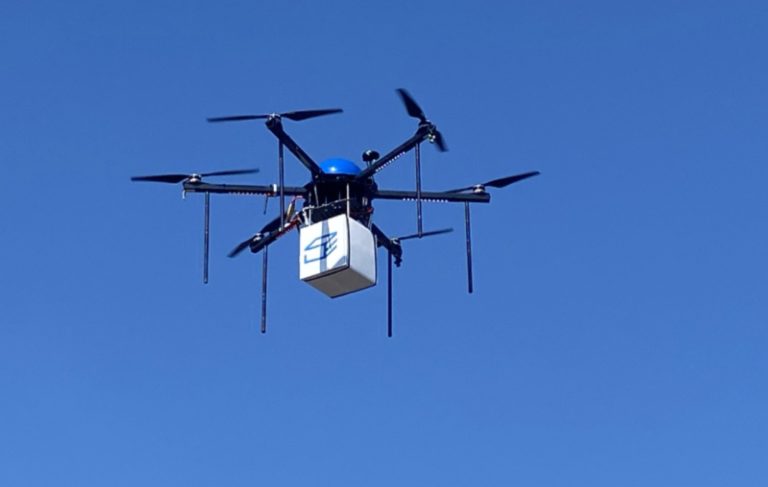

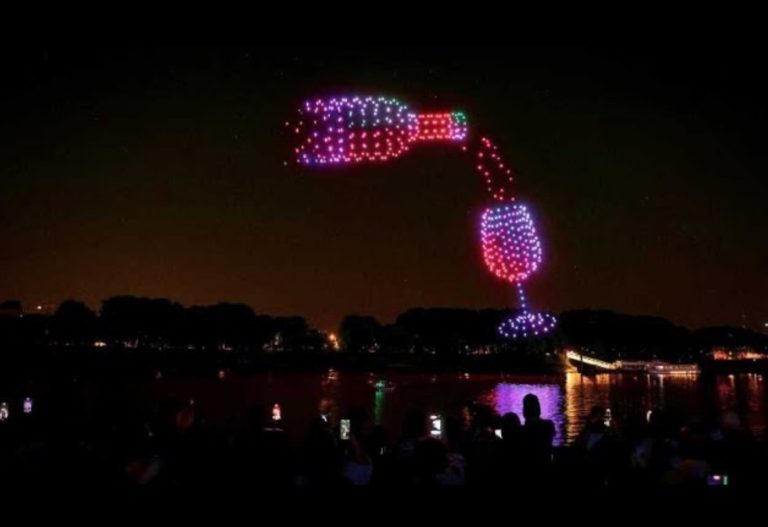
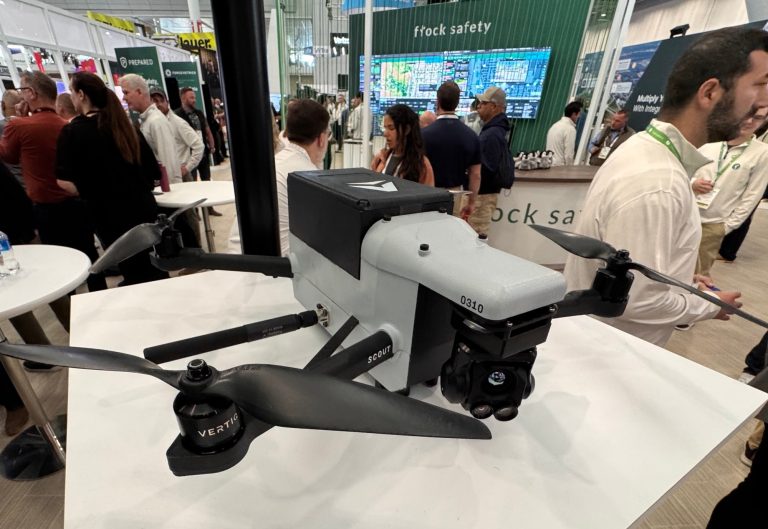
+ There are no comments
Add yours